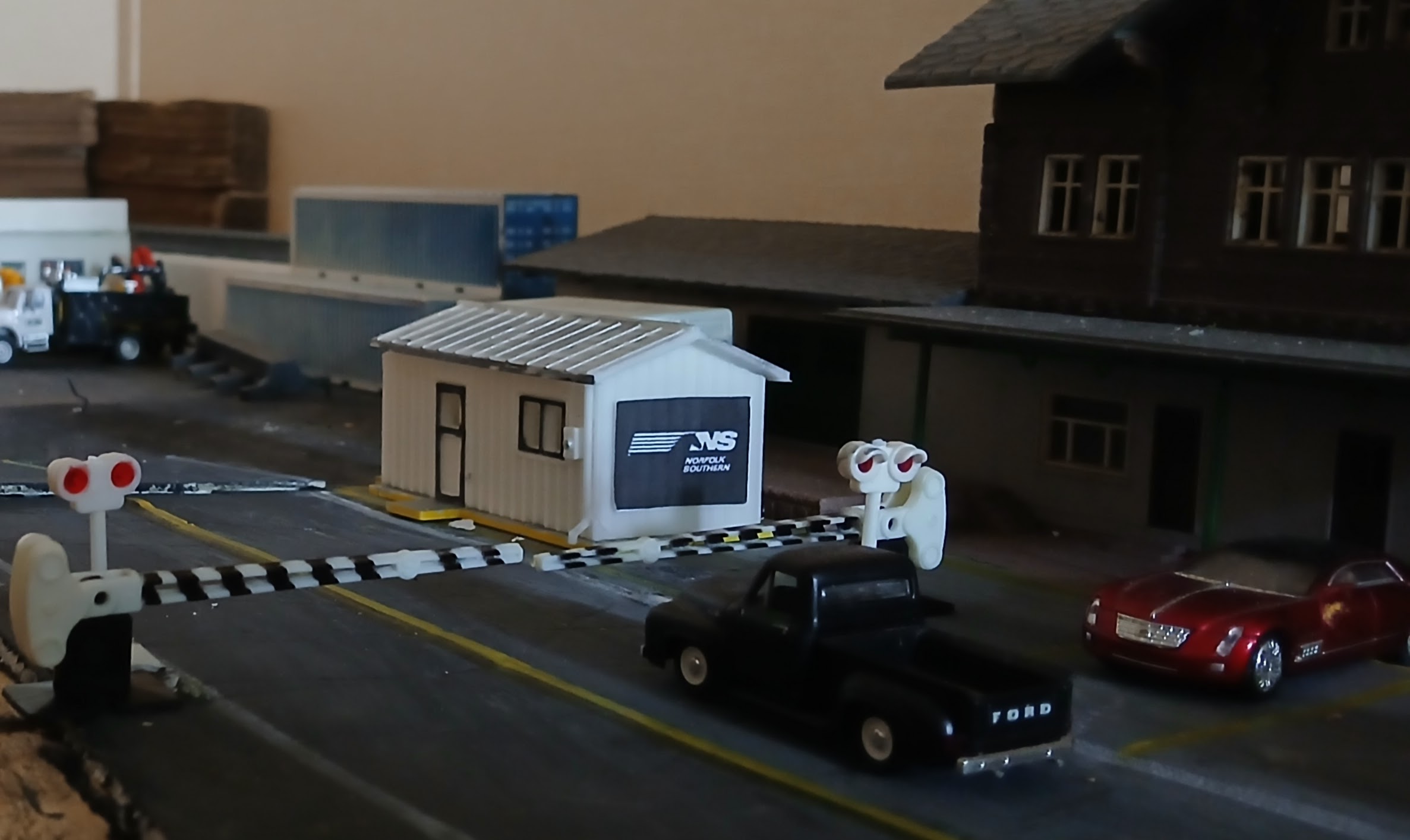Mastering DCC for Your Model Railroad

Digital Command Control (DCC) has revolutionized the hobby of model railroading by providing unparalleled control over trains, accessories, and layouts. For both beginners and seasoned enthusiasts, understanding and mastering DCC can enhance the realism, functionality, and enjoyment of your model railroad. Here's a comprehensive guide to help you navigate and master DCC:
What is DCC?
DCC stands for Digital Command Control, a system that allows you to control multiple trains independently on the same track. Unlike traditional DC systems where power and control were linked, DCC separates these functions:
- Power: The track always has power, but the locomotives are only activated when commanded.
- Control: Each locomotive has a decoder that receives digital commands to control speed, direction, lighting, and sounds.
Getting Started with DCC
1. Choosing Your System: There are several DCC systems available like NCE, Digitrax, MRC, and Lenz. Consider:
- Ease of Use: How user-friendly is the system for your level of expertise?
- Expandability: Can it grow with your layout?
- Features: Look for systems with good sound capabilities, programming options, and compatibility with your existing equipment.
2. Decoders: Every locomotive will need a decoder. Options include:
- Plug and Play: Easy to install, often drop-in replacements.
- Hardwired: Requires some electrical work to fit into the locomotive.
3. Command Station: This is the heart of your DCC system, where commands are sent out to the track. Ensure it has enough power output for your layout size.
4. Cabling and Wiring: Proper wiring is crucial:
- Use bus wiring to distribute power evenly.
- Install circuit breakers for safety.
Advanced DCC Techniques
- Programming: Learn how to:
- Configure CVs (Configuration Variables): These are settings in the decoder that control various functions of the locomotive.
- Consist Operation: Run multiple locomotives as one unit.
- Automation: Use DCC for automated operations:
- Route Control: Automate switch turnouts and signals.
- Block Detection: Know where your trains are on the layout.
- Sound and Lighting: DCC systems can control:
- Sound Effects: From chugging to whistles, enhancing realism.
- Lighting: Headlights, ditch lights, interior cab lights, etc.
Troubleshooting and Maintenance
- Signal Interference: DCC signals can be affected by nearby electronics. Shielding and proper grounding can help.
- Decoder Issues: If a locomotive isn't responding, check for loose connections or damaged decoders.
- Power Supply: Ensure your command station and boosters are sufficient for your layout's demands.
Community and Learning
- Join Clubs: Local or online model railroad clubs can offer hands-on help and advice.
- Forums and Workshops: Websites like Model Railroader or YouTube channels dedicated to DCC can be invaluable resources.
- Manufacturer Support: Most DCC systems have good customer support and detailed manuals.
Conclusion
Mastering DCC for your model railroad opens up a world of possibilities, from simple operations to complex automated layouts. While it might seem daunting at first, with patience, practice, and community support, you'll unlock the full potential of your model trains. DCC not only enhances the operational aspect but also brings your railroading scenes to life in ways that were previously unimaginable. Whether you're chugging through the learning curve or refining your setup, the journey with DCC is as rewarding as the destination.